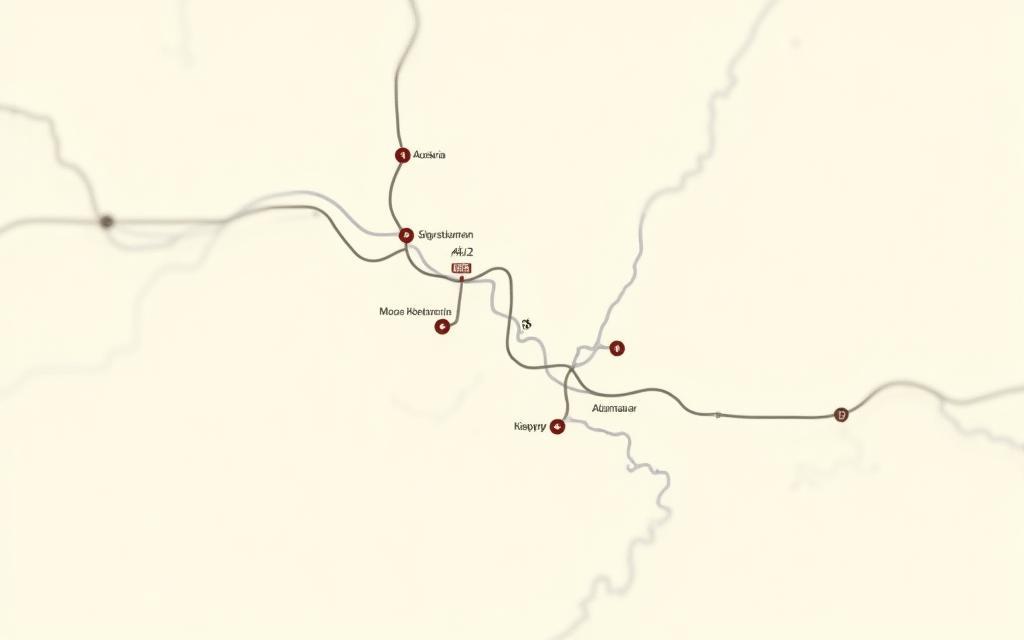Major Autobahns
Austria’s autobahns are maintained by ASFINAG and connect key cities and regions. Examples include:
- A1 Westautobahn: Runs from Vienna to Salzburg, passing Linz.
- A2 Süd Autobahn: Connects Vienna with Graz and continues to the southern border.
- A12 Inntal Autobahn: Westward route towards Innsbruck and the German border.
